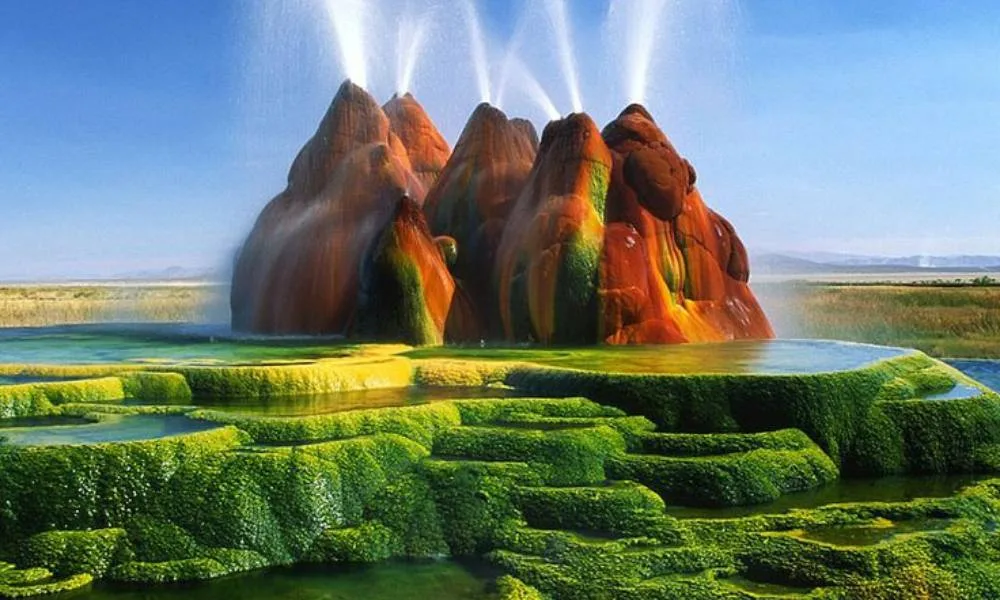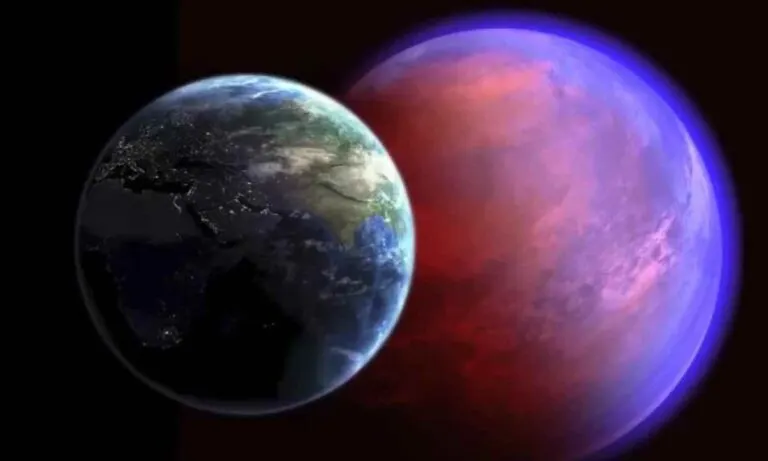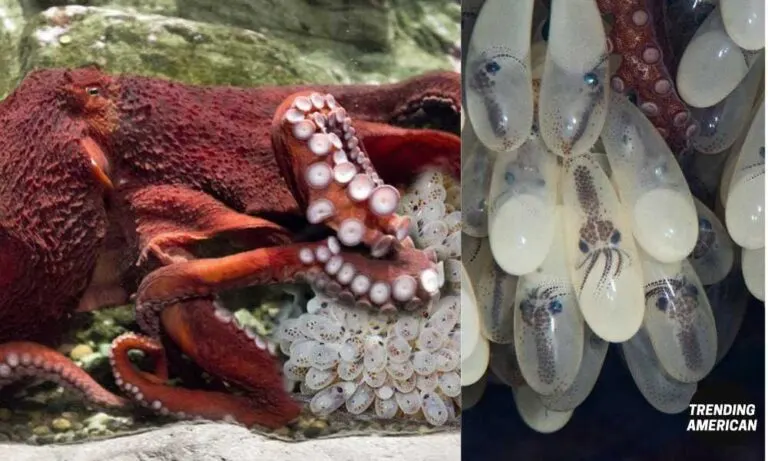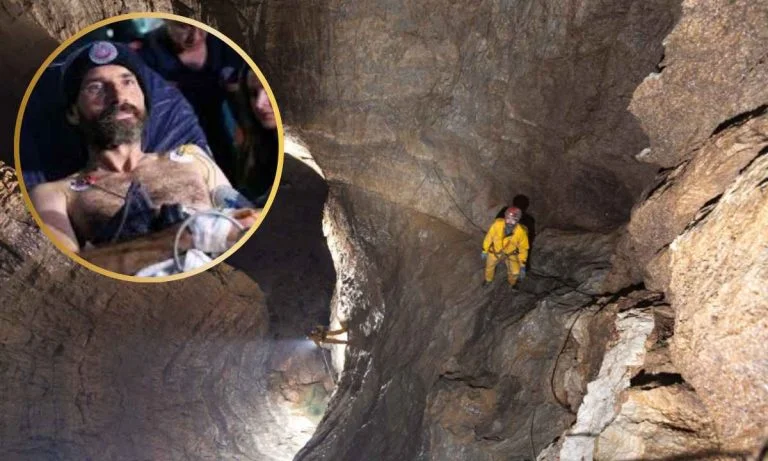5 Facts About Fly Geyser, Nevada You Probably Didn’t Know
Fly Geyser, located in Nevada, is a unique and mesmerizing geological phenomenon that has intrigued visitors worldwide. While it’s not a product of nature or artificial creation, Fly Geyser is a captivating testament to the unexpected wonders that can emerge from human activities gone awry.
It’s Not AI, but Also Not a Creation of Nature
The Fly Geyser is not a naturally occurring hot spring; it is an artesian well drilled in 1964 for geothermal energy that was not properly capped at the time. Pressure build-up allowed the geyser to continue producing the water spray and mineral mound, resulting in today’s striking display. It’s a reminder of how unintended consequences can sometimes lead to remarkable outcomes.

Fly Geyser Today Is Not the Original One
Long before the famous Fly Geyser we see today, the site originally known as Ward’s Hot Springs. Around 1916, a well was drilled to find irrigation water for the arid land. This accidental discovery of a geothermal spring was too hot for irrigation, and the well was abandoned. It leads to forming a calcium carbonate cone around the initial geyser.
In 1964, another significant event occurred. An energy company drilled a second well near the site of the first one to harness geothermal energy. However, the cap on this well failed, causing the original geyser to dry up. The new discharge began accumulating dissolved minerals, forming the Fly Geyser, along with its vibrant cones, terraces, and pools.

Beauty with a Potentially Lethal Touch
While Fly Geyser’s vibrant colors and unique formations are captivating, it’s essential to remember that beauty can be deceiving. Some of the water’s surface temperatures around the geyser can reach a scorching 219 degrees Fahrenheit, while it can be even hotter—reaching 286 degrees Fahrenheit—below the surface. This makes it a potentially deadly attraction if approached without caution.
Color Comes from Discolored Water
The striking colors of Fly Geyser are the result of various mineral deposits. Mustard yellow hues come from sulfur, red from iron, and green from algae. The juxtaposition of these colors against the stark desert landscape adds to the geyser’s unique appeal.

2016: Burning Man Buys the Beauty
In 2016, the renowned Burning Man event, known for its art and self-expression in the Black Rock Desert, purchased the Fly Ranch property for $6.5 million. This acquisition fulfilled a dream held for two decades. The 3,800-acre property, situated about 21 miles north of Gerlach, boasts hot springs and is a captivating extension of the Burning Man experience.
Notably, the funds for this acquisition didn’t come from traditional Burning Man revenue sources, such as ticket sales, vehicle passes, or donations. The purchase marked a significant milestone in the history of this iconic gathering.
Fly Geyser’s accidental creation and stunning beauty continue to be an enchanting spectacle in the Nevada desert. While its unique formation makes it a must-see destination, it’s also a reminder of the unintended consequences of human activities. Additionally, the connection between Fly Geyser and Burning Man adds an intriguing layer to its story, showcasing the intersection of art, nature, and human ingenuity.
Also read;







